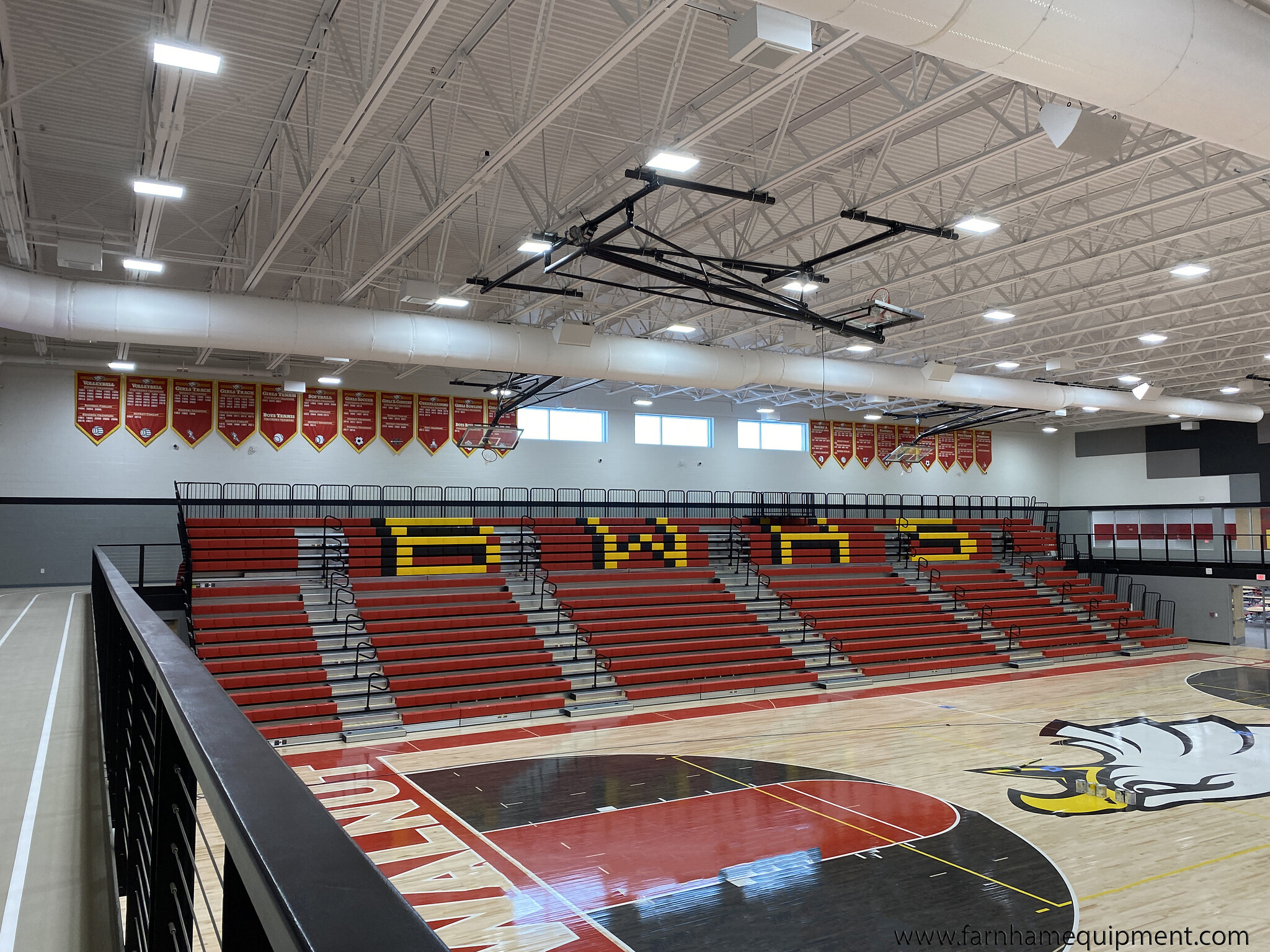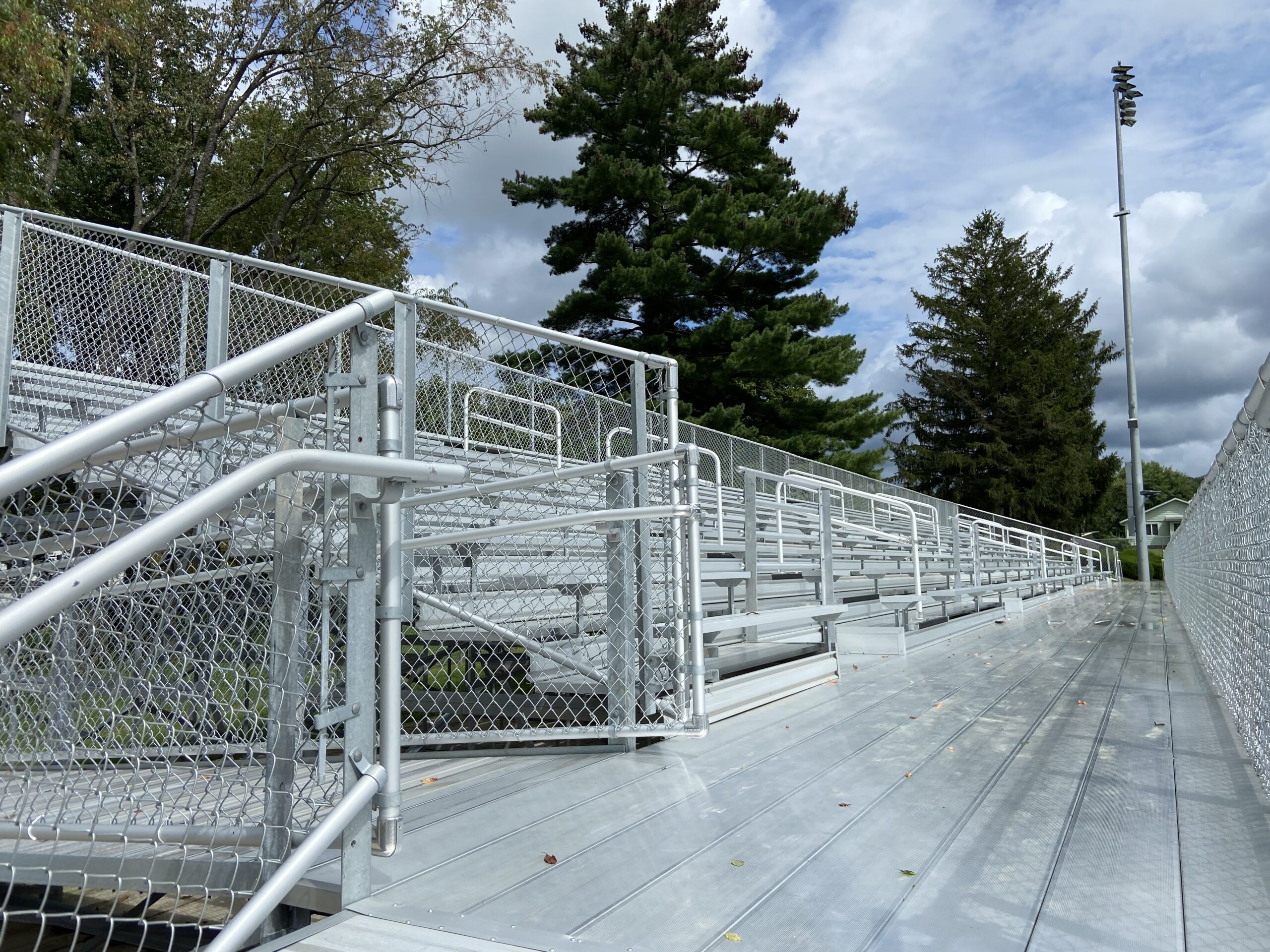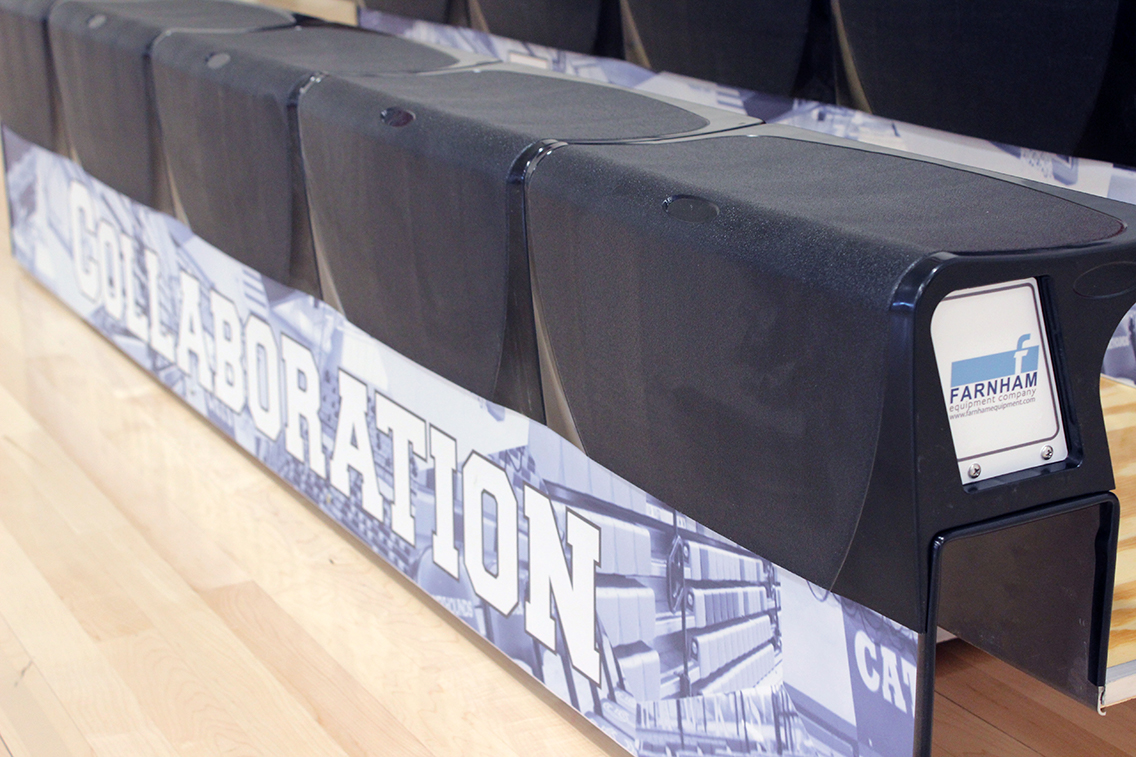You’ve had your inspection, now what?
If possible, when the inspector is there, ask questions and spend some time with them. Have the inspector help you understand things that need to be fixed or upgraded and why. Otherwise, the first thing you want to do is review your inspection report. Make yourself aware of the items that have failed or are considered deficient and read through any recommendations. If you have questions regarding your report, you should ask. A good, quality inspection will include information on all parts of the structure down to the hardware. It will also include preventative maintenance recommendations and recommendations for repairs.
Once you’ve reviewed, share the report and possible solutions with the decision makers. We realize the most common response is, “We don’t have the money.” From a liability and risk standpoint, you are responsible for doing what you are able to do from a financial means standpoint. Discretionary immunity, in short, means that you have to be able to keep your district functioning and after all of those financial needs are met, if there is nothing left, and you can only make partial (prioritized updates), you could argue discretionary immunity. But, you also have the responsibility to keep your patrons and students safe. What you can’t do, is ignore the inspection report findings. You have a duty to act. This doesn’t mean you have to replace the entire system, you can look at your options and prioritize your needs. Or, if there are absolutely no funds and your seating is considered unsafe, you have the responsibility to not put people in those seats. If you have questions on the safety of your seating, look at your report, ask the person that did your inspection, and reach out to your insurance provider. When in doubt, always reach out to your insurance provider and/or legal support.
A while back, a school district had someone fall through their outdoor wooden plank, 35-foot high bleacher. Luckily, rather than falling to the ground, he was able to catch himself on the surrounding boards and found himself hanging tight at 35-feet in the air waiting for help. This unit had been inspected and it was found that on both the 2012 report and 2015 reports, proper action had not been taken. Wooden planks were replaced, but not treated properly for exposure of the changing seasons.
The responsible thing to do is to do something. If you know something could possibly happen, you have a duty to make sure that it doesn’t and you have the duty to make sure it’s done properly.
Have your inspection completed, make the recommended repairs to your seating system to correct failed or deficient items and make sure that you have documentation showing your process. Then, if something happens, you will have everything documented, showing that you took all the right precautions. If you can show that you’ve done everything by the book with documentation, it will act in your defense and the insurance company will step in. Your insurance company typically will ask for copies of your inspection reports, whether you do them yourself or have someone do them. If you do your inspections internally, make sure that you are keeping detailed documentation and be consistent. Do the best that you can with what you have.
Up Next, Part 5: Options



0 Comments